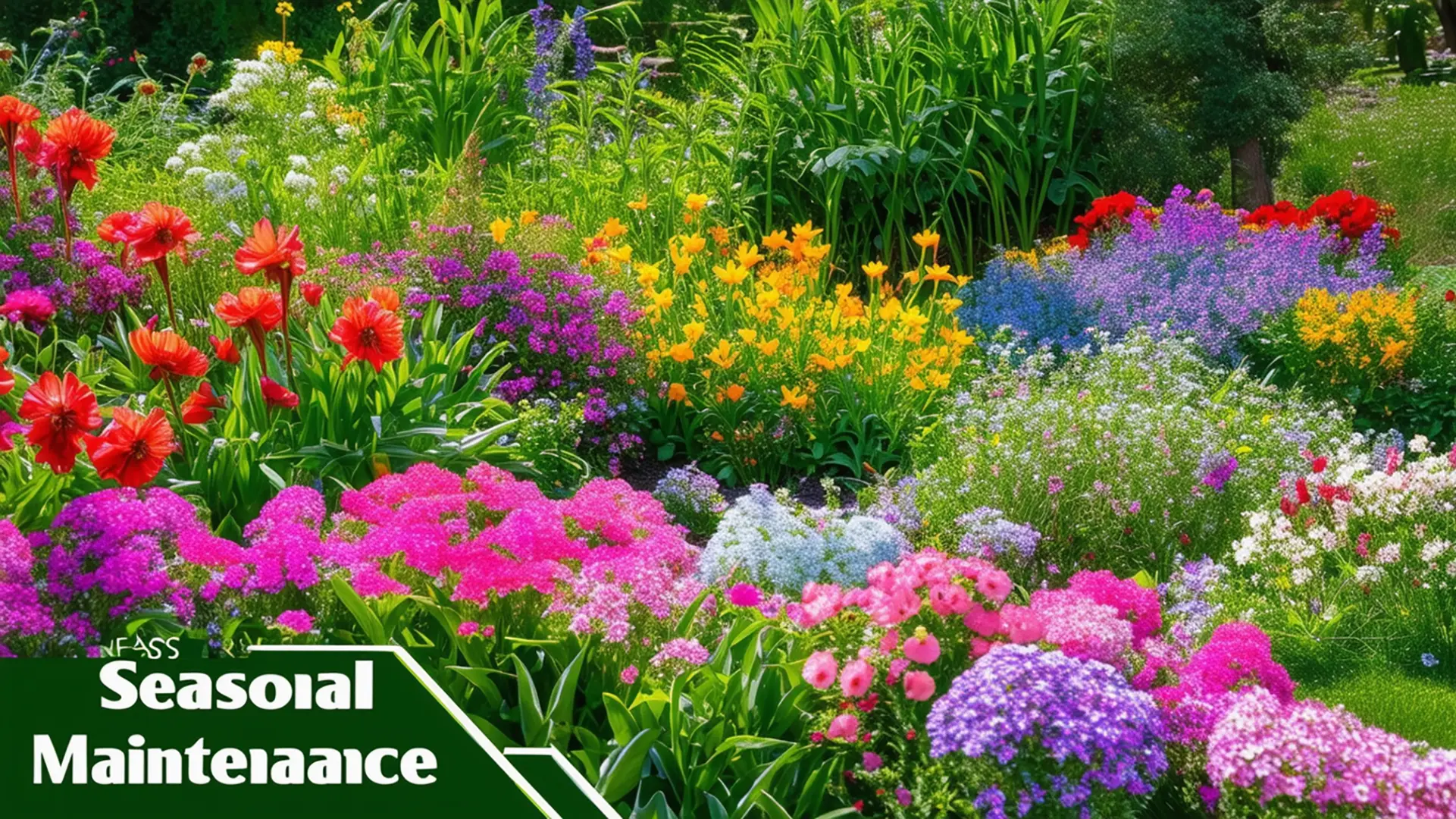Blog
Essential Spring Garden Maintenance Tips for a Thriving Yard
Prepping Your Soil for Optimal Growth
Spring is the ideal season to ensure your soil is in peak condition to support healthy plant growth. Start by clearing away any leftover debris from winter, such as fallen leaves and dead plants. This helps to prevent disease and pests from taking hold.
Next, test your soil’s pH level to determine if it needs any amendments. Most garden plants thrive in soil with a pH between 6.0 and 7.0. Adding compost or organic matter can improve soil structure, drainage, and nutrient content, giving your plants the best chance for success.
The Mission
Getting ready for the best possible spring and summer garden. Spring is the perfect time to rejuvenate your garden and set the stage for a vibrant, flourishing yard.

Choosing the Right Plants for Spring
Selecting the appropriate plants for your spring garden is crucial for ensuring a vibrant and long-lasting display. Consider the climate and growing conditions of your area. Cool-season vegetables like lettuce, peas, and radishes, as well as flowers such as pansies and snapdragons, are excellent choices for early spring planting.
Additionally, think about incorporating native plants, which are naturally adapted to your region’s climate and soil. These plants often require less water and maintenance, making them a sustainable choice for your garden.
Effective Watering Techniques to Promote Health
Proper watering is essential for maintaining a healthy garden. Water your plants early in the morning to reduce evaporation and allow foliage to dry before nightfall, which helps prevent disease. Deep watering encourages roots to grow deeper, making plants more drought-resistant.
Consider installing a drip irrigation system or soaker hoses to deliver water directly to the root zone, minimizing water waste and promoting more efficient watering. Mulching around your plants can also help retain moisture and reduce the need for frequent watering.
Essential Tools for Spring Garden Maintenance
Having the right tools can make spring garden maintenance more manageable and enjoyable. Essential tools include a sturdy pair of garden gloves, a trowel for planting, a hoe for weeding, and pruning shears for trimming back overgrown plants.
A wheelbarrow or garden cart can be invaluable for transporting soil, compost, and plants around your yard. Additionally, investing in a good-quality garden hose with an adjustable nozzle can make watering tasks more efficient and precise.
Sustainable Practices for Long-Term Garden Health
Adopting sustainable gardening practices not only benefits the environment but also promotes long-term health and productivity in your garden. Composting kitchen scraps and yard waste creates nutrient-rich soil amendments that can reduce the need for chemical fertilizers.
Implementing crop rotation and planting cover crops can help maintain soil fertility and reduce pest and disease problems. Additionally, using organic pest control methods, such as introducing beneficial insects or using natural repellents, can keep your garden healthy without harming the ecosystem.





